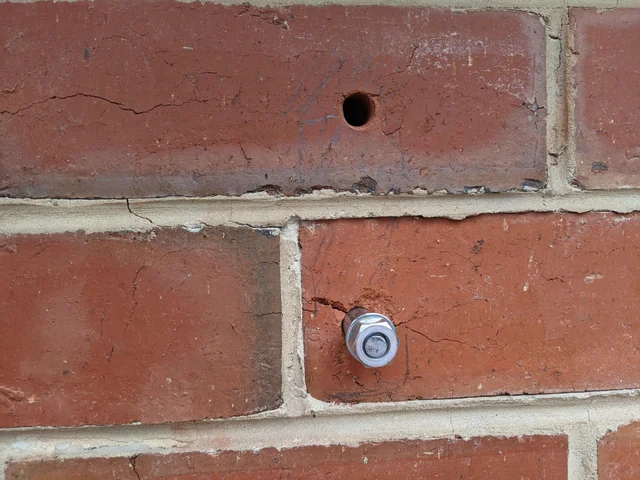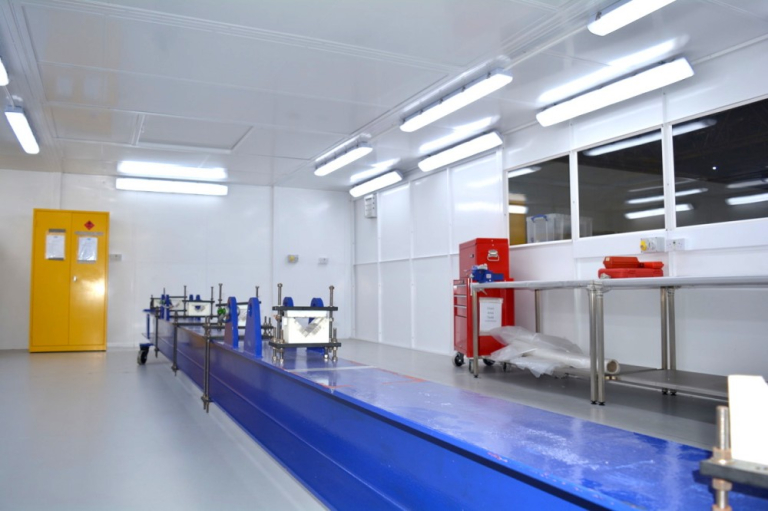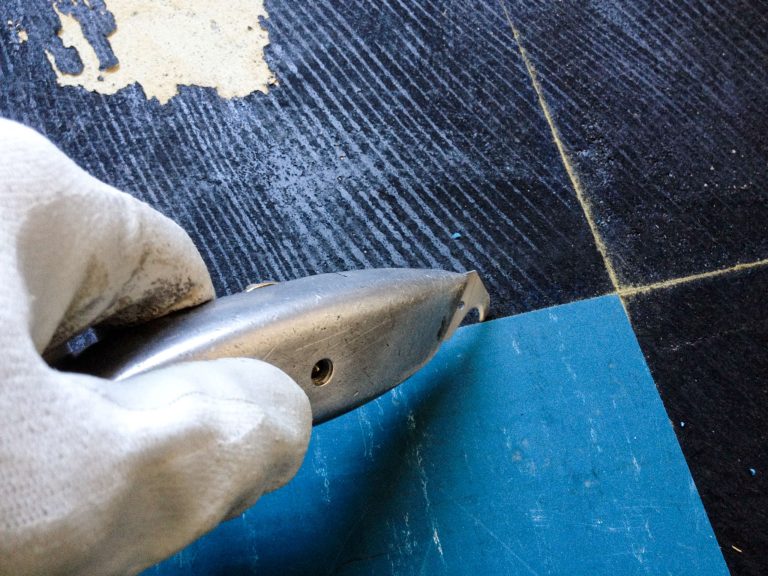How to Create a Maintenance Schedule for Your Commercial Building
If you own or manage a commercial building, you are aware of the importance of regular maintenance to ensure the longevity and safe operation of the facility. Commercial buildings are designed and constructed for specific purposes and require specialized maintenance to keep them operating efficiently. In this article, we will provide you with a comprehensive guide on creating a maintenance schedule for your commercial building.
Basics of Commercial Building Maintenance
A commercial building can be defined as a non-residential structure that is designed for conducting business, services or accommodating organizations. These buildings require regular maintenance, which involves conducting repairs, servicing equipment, and checking the structural integrity of the building. Regular maintenance is essential in ensuring that the commercial building meets safety standards, operates efficiently, and remains legally compliant.
Components of a Commercial Building Maintenance Schedule
A commercial building maintenance schedule should include the regular inspection and maintenance of the following building components:
HVAC system maintenance
Heating, ventilation, and air conditioning (HVAC) are essential systems in commercial buildings. They regulate the indoor air quality and temperature to provide optimal working conditions for the occupants. Regular maintenance of HVAC systems ensures that they operate efficiently, reduce energy costs and prevent breakdowns. The maintenance tasks for HVAC systems include cleaning and replacement of filters, inspection of the ductwork, and servicing of the heating and cooling systems.
Plumbing maintenance
Proper maintenance of plumbing systems prevents leaks, damages, and health hazards. Regular inspections of the plumbing system should include inspection of the water supply lines and drains, checking for leaks, and fixing toilet flushes. Proper maintenance of the plumbing system ensures efficient water usage, safe water supply, and compliance with building codes.
Electrical maintenance
Electrical maintenance includes inspections, repairs, and replacements of electrical components such as wiring, switches, and circuit breakers. Regular inspections of electrical systems can prevent potential fire hazards, costly damages, and electrical accidents.
Structural maintenance
Structural maintenance involves inspecting the building’s exterior for damage, such as cracks and weathering, and addressing structural issues that can compromise the stability of the building. The tasks involved in structural maintenance include roof inspections, façade inspections, and checking the integrity of walls and foundations.
Creating a Commercial Building Maintenance Schedule
Creating a maintenance schedule for a commercial building requires a step-by-step approach to determine the maintenance needs of the building, identify potential problems, and prioritize maintenance tasks. The following are some key steps to create a maintenance schedule for a commercial building.
Assessment of the building’s maintenance needs
An assessment of the building’s maintenance needs requires an understanding of its function and operation. The assessment should include a thorough examination of the mechanical, electrical, plumbing, and structural components of the building. The assessment should identify maintenance needs, potential problems, and required replacements.
Identification of potential problems
Identifying potential problems involves regular inspection of the building’s components to ensure that they are functioning well. Identifying and rectifying problems early can prevent costly damages, reduce energy consumption and eliminate potential safety hazards.
Prioritizing maintenance tasks
Prioritizing maintenance tasks requires a systematic approach to determine which tasks require immediate attention and which can wait. Prioritizing maintenance tasks ensures that maximum benefits are achieved with minimal resources and time.
Develop a maintenance plan
A maintenance plan outlines the schedule of maintenance tasks and the frequency of conducting the maintenance. The plan should be detailed and include timelines, resources, and budget. The plan should also identify the personnel responsible for managing the maintenance program and conducting the inspection.
Execution of the Maintenance Schedule
The execution of the maintenance plan requires consistent monitoring and documentation of the maintenance tasks. Proper documentation ensures that the maintenance schedule is adhered to, and the necessary maintenance tasks are conducted. The execution of the maintenance plan may also require enlisting the services of professionals to conduct specialized maintenance tasks.
To read more about this topic, check out previous blog post at The Best Materials to Use for Commercial Building Repairs
For more general information on building then please visit: https://www.building.vic.gov.au/
Creating a maintenance schedule for a commercial building is essential in ensuring the safety, efficiency, and longevity of the building. A well-documented and executed maintenance plan saves the building owner time and resources while ensuring that the building operates optimally. It is important to conduct regular inspections and address potential problems as quickly as possible.







